Scaring and other control measures for tilapia aquaculture systems
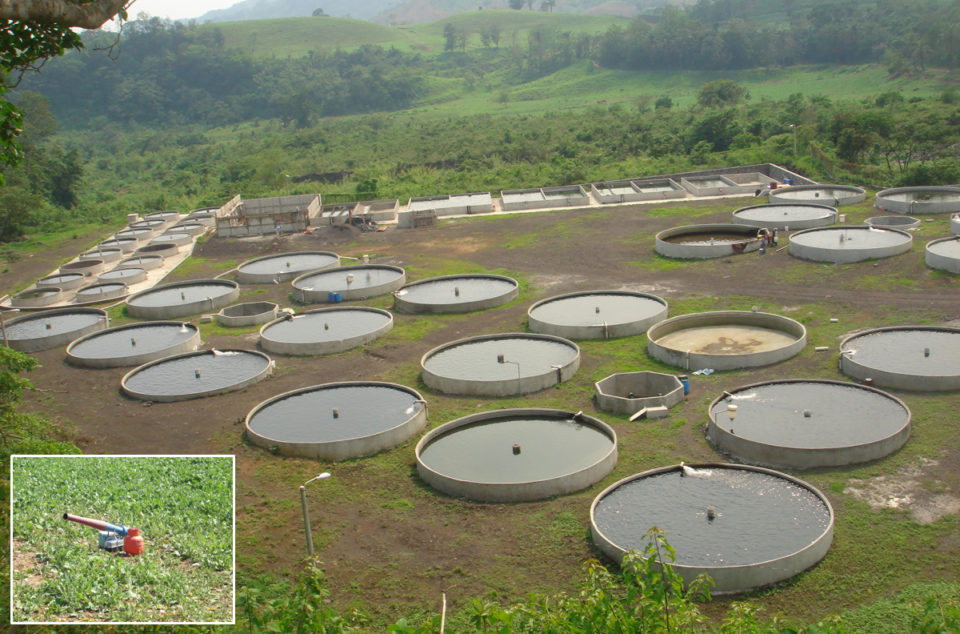
Editor’s note: This is part 2 of a two-part article. Read part 1 here.
https://www.aquaculturealliance.org/advocate/advice-managing-predatory-birds-part-1/
Effectiveness of frightening as a control measures
Scaring or frightening methods to control piscivorous species of birds use sight and/or sound stimuli to discourage birds from remaining at a site by making the birds believe the site is dangerous for them.
Many fear-provoking devices are commercially available, and their success may vary depending on several factors, including the bird species involved, how long the birds have been at the site, the type(s) of technique(s) used, the duration and frequency of their use, the location of the site relative to roosting and loafing sites, and the proximity of alternative food sources.
These techniques typically are most effective to address short duration problems (one to three days), as birds quickly lose their initial fear of these techniques. Because aquaculture facilities have bird problems that last weeks or months, frightening techniques may be of limited usefulness. The location of frightening devices, particularly noise-making devices, should be changed often, because devices that generate a regular pattern of sound or are left in the same location over an extended period of time will eventually be ignored.
Many noise-making devices for reducing aquaculture predation are commercially available. However, many birds can become used to noises that are frequent, occur at regular intervals and intensities, and are broadcast in one location for long periods of time. Noises should start and stop at different intervals, and fixed broadcasting devices should be moved regularly. As with other techniques, noise-making devices normally are more successful when used in combination with other methods. Noise-making devices may also perturb humans nearby, as well as some fish and other wildlife.
Reactions of birds to recordings of species-specific distress calls depend on the species, the time of year and day, size of the area, location and distance of the birds from the broadcasting gear. As with other frightening techniques, this method is less effective when birds have become established in an area. Consequently, it should begin as soon as birds arrive. Calls can be broadcast at prearranged, varying intervals with the use of a timing device.
Pyrotechnics include several exploding, noise-making devices. Some of the more common pyrotechnic devices are described below. There is some fire hazard associated with the use of pyrotechnics. Hence, permits from the state, county, and/or local fire authorities may be required for their possession and use.
Propane gas or acetylene gas is used to operate a small cannon that is equipped with an electronic timing mechanism. The cannon produces noisy explosions at adaptable time intervals. Some models change the number of blasts that are emitted and/or can rotate to alter the direction of the blasts, and/or shut themselves on and off each day.
Standard projectiles or projectile-less rounds are fired above bird predators. The use of live ammunition or blanks generally is less expensive than some of the other pyrotechnic devices. Live rounds, however, are more dangerous than other methods and increase the risk of injuring and/or killing birds and people.
Several electronic noise-making devices that broadcast loud noises that vary in pitch, intensity, and frequency are available. Often these are useless.
Many visual devices are available for scaring night-feeding birds. Like noise-making devices, the effectiveness of visual scare devices is often short-term as birds may quickly become accustomed to them. This may be reduced by regularly moving the devices and/or alternating the type of device(s) used. Visual scare devices will not discourage daytime feeders, which make up the majority of tilapia-eating birds. As with other methods, these devices are more successful when used in combination with other methods.
A variety of light-emitting devices can be used to confuse, frighten, momentarily blind, and interfere with the activities of night-feeding bird predators such as great blue herons and night herons. Flashing, amber-colored strobe, construction and bright lights are placed at intervals around raceways and ponds to discourage approaching predators. The use of motion-detecting mechanisms improves the effectiveness of these techniques. Characteristically, only short-term success is achieved with light devices, as most birds quickly become habituated to them.
A vehicle parked in a strategic location may be effective if birds are easily scared by a vehicle driven around the facility. The vehicle should be moved intermittently to reduce habituation. Occasional use of pyrotechnics and/or effigies near the vehicle may improve effectiveness.
Radio-controlled scale models of airplanes and/or boats offer noise along with a visual stimulus. Planes appear to be most effective when used as birds attempt to land at a site. One plane operator can effectively cover a 200- to 300-acre area. Their cost tends to be high and their use is restricted by surrounding obstructions and weather conditions. Furthermore, some birds may dive to avoid the aggravation and the devices run the risk of crashing.
Rotating or stationary water sprinkler devices can be placed in or around ponds. Water spray devices provide both sight and sound stimulation. This system limits the visibility of fish in the water and may repel certain birds, especially herons and gulls. Increased water pressure and irregular water spraying instead of continuous spray increase the effectiveness of this technique. And birds often become used to the water spray and feed among the sprinklers.
The presence of dogs has been used to deter birds from landing at farms, but this alternative has had varying levels of success.
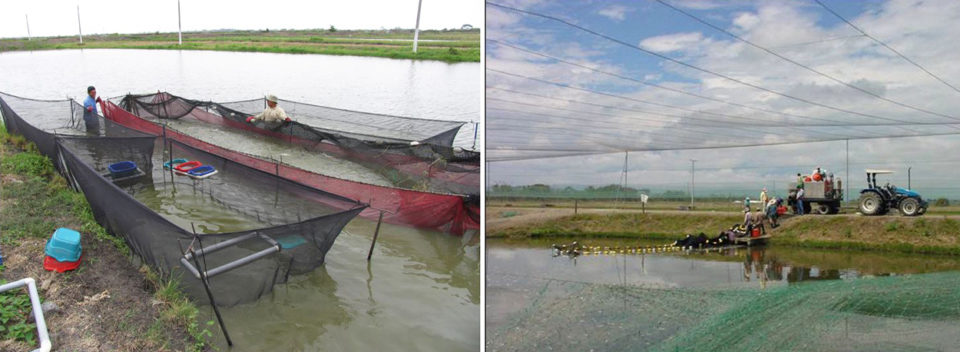
Other control measures
In recent years, environmental issues in aquaculture have been mounting, with an ongoing challenge to do so in an environmentally friendly way. Several aquaculture production aspects may help increase yield while reducing environmental impacts. To this effect, aquaculture research institutions like the Louisiana State University Agriculture Center have recently explored the technology of autonomous vehicles to address bird predation issues, and to track water quality and other environmental parameters.
Small autonomous vehicles are an environmentally friendly alternative approach to labor-intensive or destructive methods to maintain production and water quality. Some successes have included bird predation reduction devices, mobile environmental monitoring equipment and remote photography systems.
Alternatively, small self-guided boats can patrol the pond, using passive and active methods to scare the birds away. They use small shore sensors that close a magnetic switch and guide the boat back into the pond, or GPS, especially in open water. Low power microprocessors provide guidance while solar panels provide power.
Infrared sensors and cameras are also used by aquaculture companies to identify birds and their predatory activity.
Perspectives
There are no simple solutions to all aquaculture predation problems. In most cases, a mixture of techniques will be needed to reduce or eliminate the problem. For a frightening program to be effective, the devices must be used in a well thought-out, aggressive and consistent manner. In situations involving extended periods of bird visitation, operators should be ready and willing to devote the necessary time and resources to implement a frightening program. Typically, the efficiency of frightening techniques is limited to a short period of time. Success may occasionally result from using just one technique; however, better and more long-term results are often achieved by using a combination of methods, and by frequently alternating the devices used.
Time and cost factors also play an important role in determining the control method(s) to be utilized. The expected benefits of beginning a control program must outweigh its costs.
Physical exclusion, the complete restriction of access of birds to holding structures is the only totally effective method to eliminate bird predation at aquaculture facilities. However, total exclusion may be not practical for many facilities due to costs involved, size of operation, or conflict with management.
Author
-

César C. Alceste, M.Sc.
Consultant – Tilapia Production, Processing & Marketing
Miami, FL USA
[109,111,99,46,108,111,97,64,101,116,115,101,99,108,97,117,113,97]
Tagged With
Related Posts
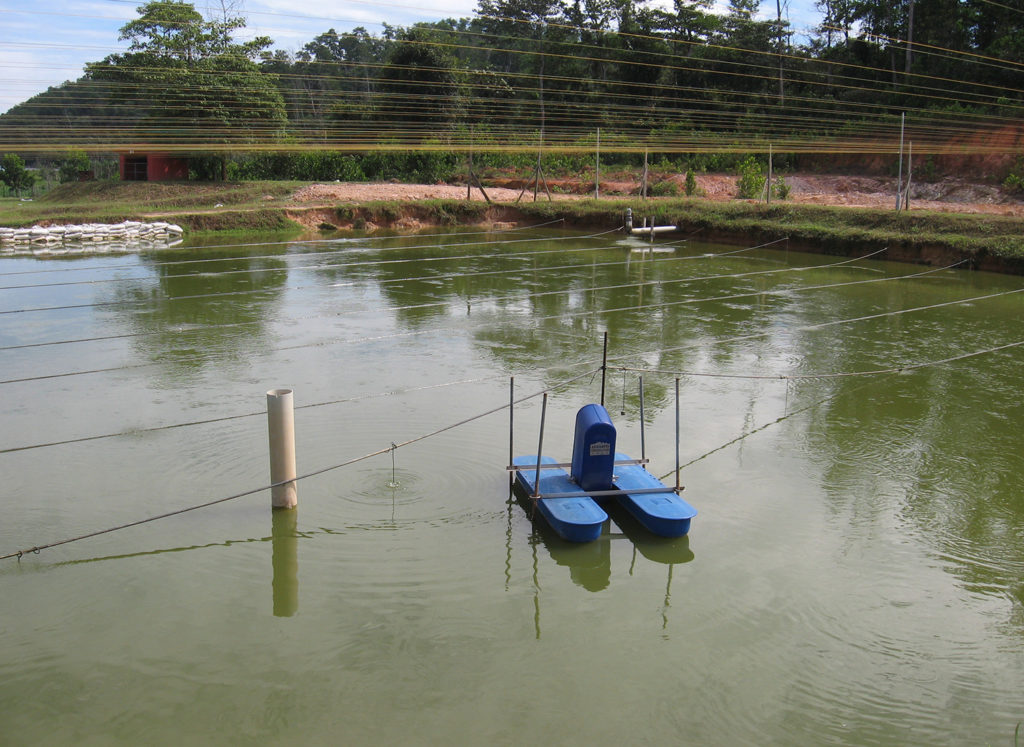
Health & Welfare
Advice for managing predatory birds, part 1
Predatory birds can cause major losses for tilapia farms. As some bird species are protected by law, fish farmers must use non-lethal control techniques.
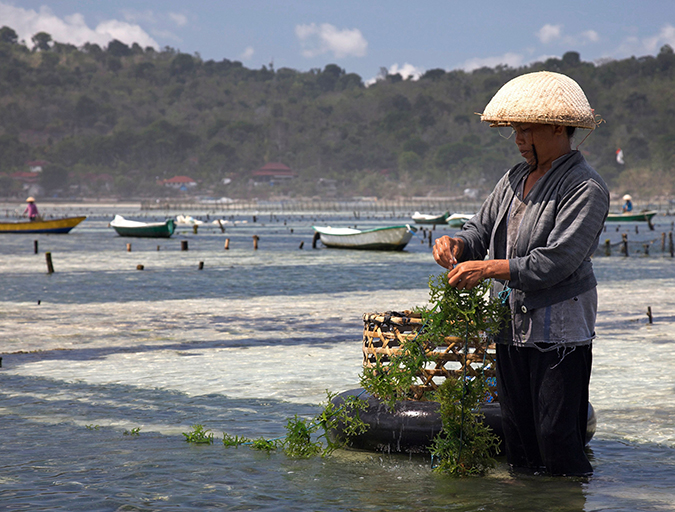
Responsibility
Can sustainable mariculture match agriculture’s output?
Global, sustainable mariculture production, developed on a massive, sustainable scale and using just a small fraction of the world’s oceanic areas, could eventually match the output of land-based agriculture production. Scale and international law considerations require the involvement of many stakeholders, including national governments and international organizations.
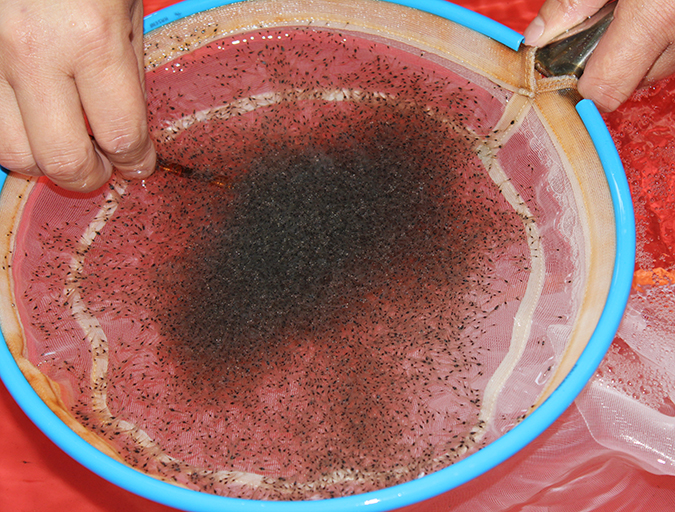
Health & Welfare
Acclimating shrimp postlarvae before pond stocking
Shrimp postlarvae acclimation before stocking into the various growout systems (ponds, raceways, tanks) is a critical – and often overlooked, sometimes taken for granted – step in the shrimp culture process. Various water quality parameters should be changed slowly so that the young shrimp have the time to gradually adapt to the new conditions.
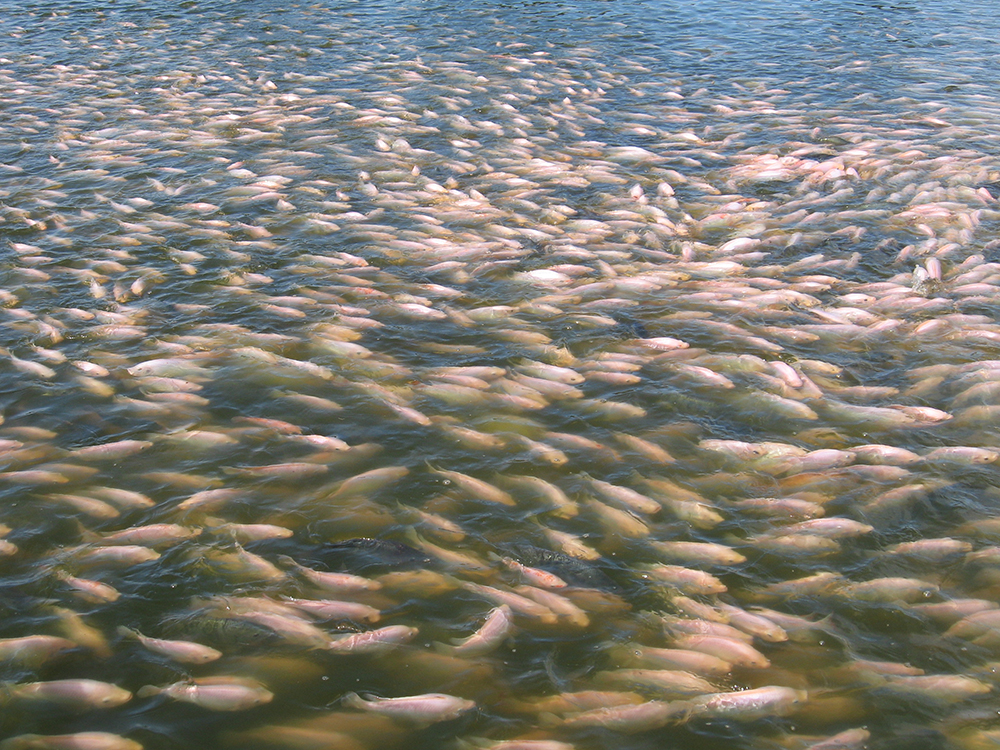
Intelligence
Considerations for tilapia farming in saltwater environments
Tilapias are farmed in a variety of production systems, but mostly in freshwater and low-salinity waters. But tilapias are an excellent candidate for aquaculture in brackish- and seawater because they can tolerate a wide range of water salinity.

